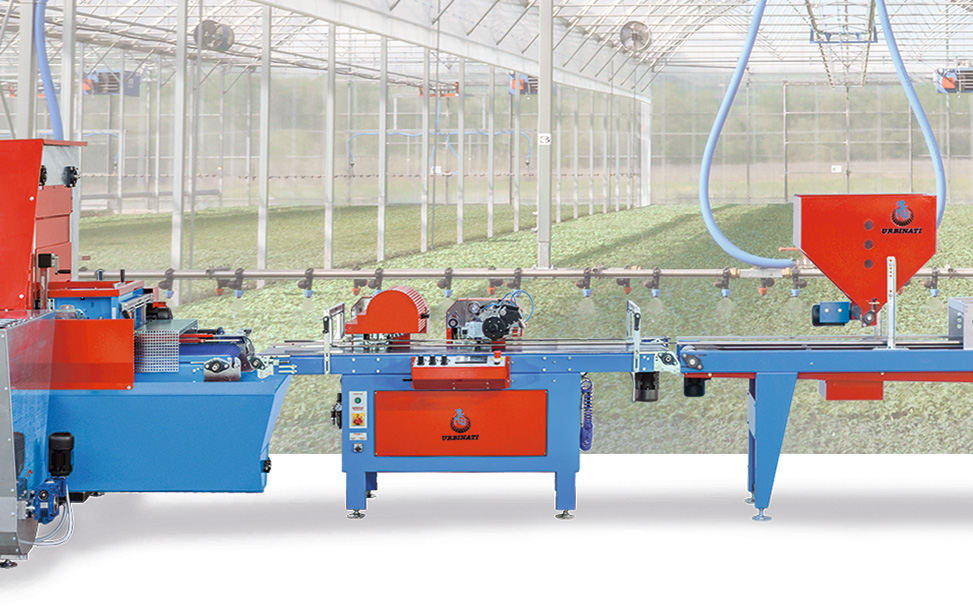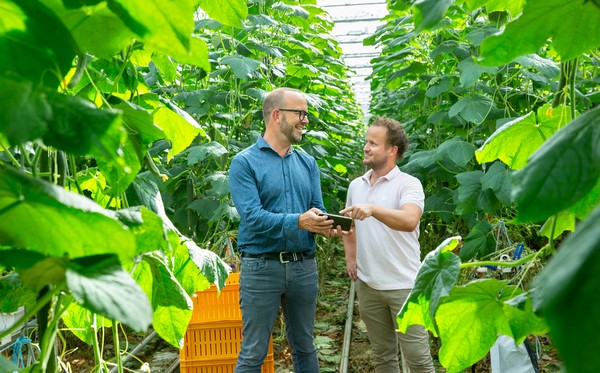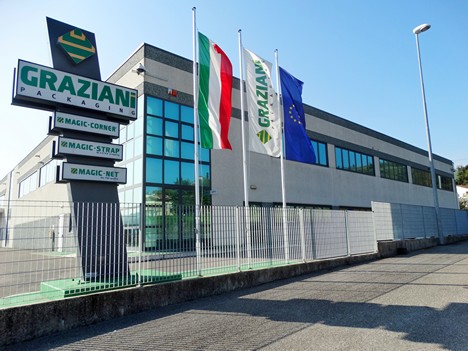An efficient way for a person to procrastinate for many hours is to noodle around in the U.S. National Plant Germplasm System (NPGS). The NPGS is a vast online database, a version of which first went into use in 1983, cataloging all the seeds and other germplasm collected and housed in USDA gene banks in the interest of bolstering our food and environmental security. More than just a resource for the bored and immature to snicker over species of fern collected from Texas’s “wet, seeping bogs,” or apples with names like “Brown Snout” and “Bogo Belle de Boskoop,” the NPGS allows scientists like Cornell University pea and pepper breeder Michael Mazourek, who frequently sources from the database to find materials that help him develop crop plants that are resistant to the diseases, pests, and variable chaos being loosed on Earth’s flora by climate change.
A gene bank’s database is most effective when it can provide relevant details about what’s in its collection. A library catalog that tells you a book’s title and author is off to a fine start; whether the book is fiction or nonfiction, its length, a description of its basic plot, though, are what ultimately convince a reader whether to yank it off the shelf.
Read the complete article at www.thecounter.org.











